
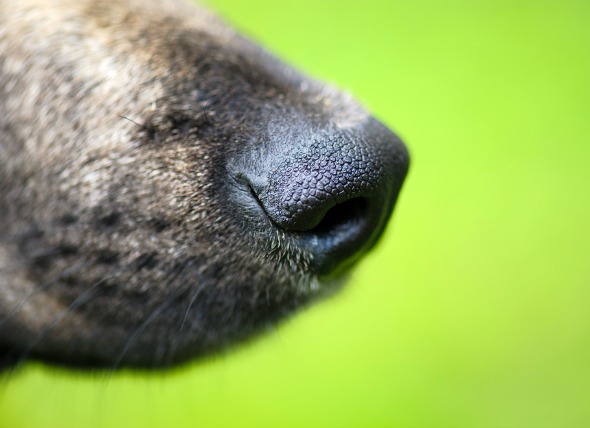
Many diseases affect the skin on the noses of dogs. This includes bacterial or fungal infections of the skin, or mites. These diseases may affect the bridge of the nose where there is hair, or the smooth part of the nose, where there is no hair. Often, it is the portion of the nose that has hair that is affected. In the case of systemic diseases like lupus or other autoimmune ailments, the whole muzzle is involved. Some systemic diseases cause the part of the nose where there is no hair to lose its pigment or develop ulcers.
A rare condition caused by the sun, called solar dermatitis, also affects the areas of the nose not covered by hair. That area may become inflamed and even ulcerated. Most of these conditions are more likely to occur in puppies under a year of age, but skin cancers are more likely to occur in older dogs.
There are many different symptoms that may be seen in dogs affected by nasal dermatoses, among them:
Breed-specific skin diseases of the nose:
Some factors or diseases that may causes nasal dermatoses include:
Your veterinarian will take samples of skin to culture for bacteria and fungi. Biopsies and immune system tests will also be conducted.
The underlying cause of the symptoms will determine the appropriate course of treatment. For example, if the diagnosis is solar dermatitis, a cortisone lotion will be prescribed to help relieve the inflammation. Your veterinarian will probably also recommend that you keep your dog out of the sun as much as possible. Sunscreens may be recommended and need to be applied at least twice daily. For pus-filled eruptions, cortisone or prednisone will probably be prescribed, with a gradually declining dosage. These medications should only be used under veterinary supervision. Warm soaks are prescribed to get rid of the crusted skin and pus. Also, be aware of the allergens your dog may be susceptible to, such as a plastic or rubber dish, pillow or blanket, or certain drugs.
For fungal infections, there is a range of medication to choose from, although the veterinarian may want to surgically remove some of the lesions before the course of antifungal treatment begins. In addition, surgery may be required for nodules that are not infected. Immunosuppressive therapy may also be prescribed. If your dog's only symptom is loss of pigment, your veterinarian may choose not to prescribe treatment. Finally, for cancerous tumors, surgery followed by chemotherapy and radiation is usually required.
 Black, Tarry Feces due to Presence of Blood in Dogs
Melena in Dogs
The term melena is used to describ
Black, Tarry Feces due to Presence of Blood in Dogs
Melena in Dogs
The term melena is used to describ
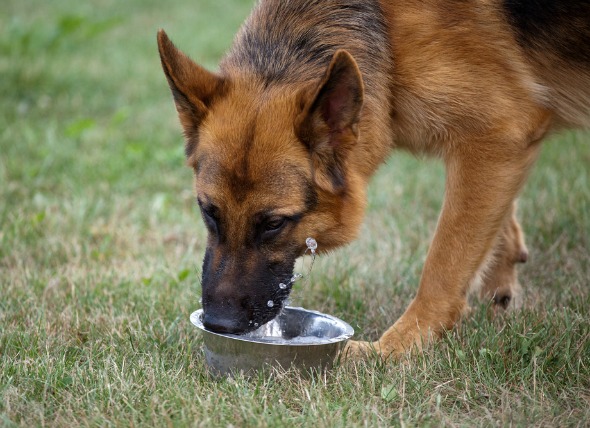 Water Diabetes in Dogs
Diabetes Insipidus in Dogs
Diabetes insipidus (DI
Water Diabetes in Dogs
Diabetes Insipidus in Dogs
Diabetes insipidus (DI
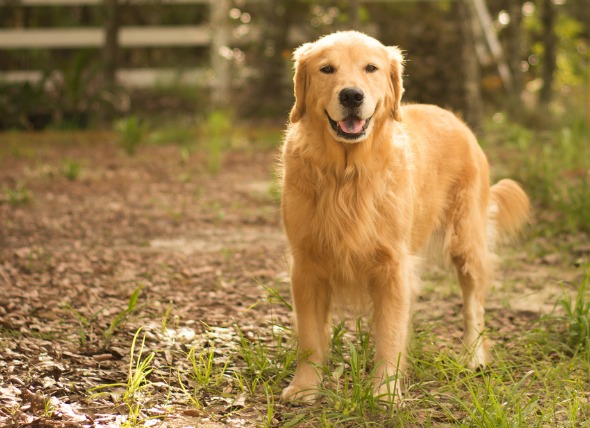 Diarrhea (Long-term) in Dogs
Chronic Diarrhea in Dogs
Chronic diarrhea is a ch
Diarrhea (Long-term) in Dogs
Chronic Diarrhea in Dogs
Chronic diarrhea is a ch
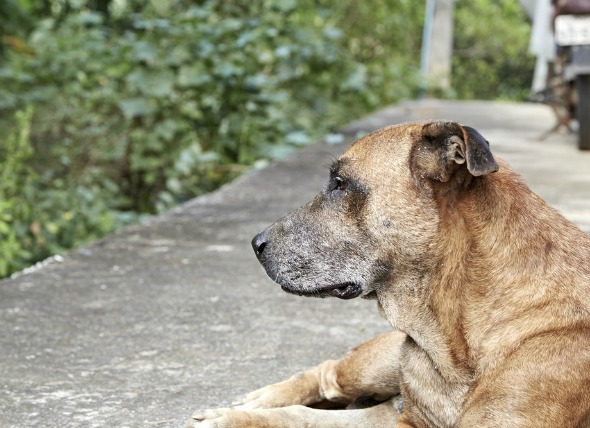 Anemia Due to Chronic Kidney Disease in Dogs
Erythropoietin (EPO) is a glycoprotein hormone, p
Anemia Due to Chronic Kidney Disease in Dogs
Erythropoietin (EPO) is a glycoprotein hormone, p
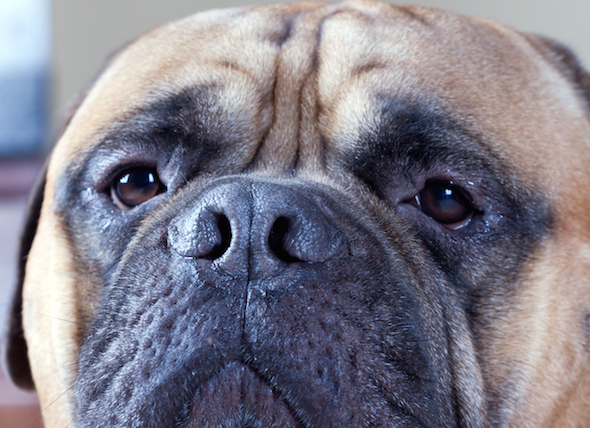 Intestinal Obstruction in Dogs
Gastrointestinal Obstruction in Dogs
Gastrointest
Intestinal Obstruction in Dogs
Gastrointestinal Obstruction in Dogs
Gastrointest
Copyright © 2005-2016 Pet Information All Rights Reserved
Contact us: www162date@outlook.com